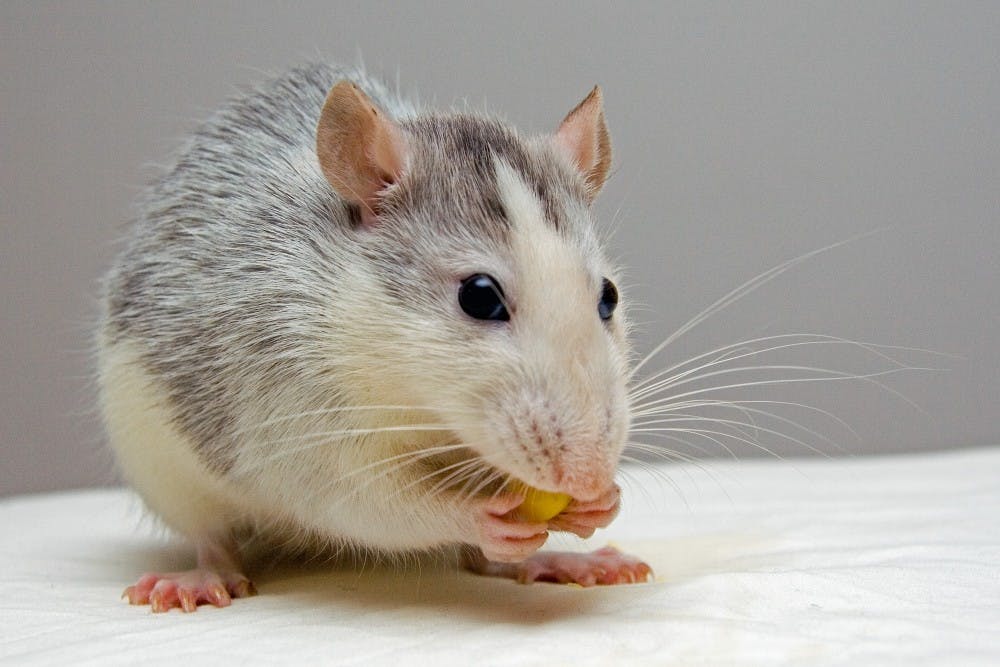Animals are commonly believed to possess innate social behaviors. A one-day-old baby chick will instinctively search for its mother and follow closely by her side.
Similarly, a peacock seems to naturally know how to gracefully fan its colorful tail to attract a potential mate.
For many years scientists believed that animals picked up many of these behaviors without going through any learning process.
However, a recent study conducted by a group of Caltech neuroscientists might offer a slight twist to how we understand the animal world.
This research is being led by David Anderson, a Seymour Benzer professor of biology and the director of the Tianqiao and Chrissy Chen Institute for Neuroscience at Caltech.
Anderson’s team experimented on mice whose brains have gone through a thorough process of genetic engineering. Specifically, the mice’s ventromedial hypothalamus (VMH) was changed so that it would glow green if activated.
The VMH is typically associated with the regulation of aggression and sexual desires. In order to observe the glow, the team temporarily implanted an extremely thin glass lens into the mice’s hypothalamus.
The hypothalamus is an essential area in the brain that maintains and directly governs homeostasis. The lens then serves as a microscope that snaps pictures of the neurons in action.
Anderson borrowed this brain imaging technology from Mark Schnitzer, who is one of his lab collaborators at Stanford University.
When studying the mice, the team first distinguishes between what they call a “resident” mouse and an “intruder” mouse.
They select a socially experienced and sexually active mouse as the “resident” and then record images of the stages of the mouse’s brain activities as an “intruder” or alternate mouse is introduced to the area.
To the researchers’ surprise, they found that one of two types of neurons in the VMH area is activated depending on the gender of the “intruder.”
Thus researchers can deduce whether the encountered mouse is a male or a female just by interpreting the brain images.
Anderson took the research one step further by performing this experiment, what they have come to call a “resident/intruder test,” on a mouse with no previous sexual exposure. The results of the test immediately contradicted the scientists’ belief.
If the association between gender and sexual or aggressive behaviors is indeed innate, the naive mouse should have very similar neuronal firing activities as the sexually experienced mouse.
What the study found however was that only after repeated social interactions with different genders of mice did the naive mouse begin to develop sexual tendencies toward the females and aggressive tendencies toward the males. In particular, social contact with females seemed to be the key to developing sex-specific neuronal activations.
This discovery could only mean one thing — that mice do not have sex-specific neurons from birth. Rather, sexual and aggressive behaviors alike could only be evoked in a mouse after it has been repeatedly exposed to social experiences with other mice.

Ann Kennedy, a postdoctoral scholar in biology and biological engineering at Caltech and the co first-author of the paper, elaborates on the team’s findings.
“This area of the brain, the ventromedial hypothalamus, is a primitive, ancient region. We used to think of it as the basement of the brain, more like a plumbing system than a computer. Our study shows that this region exhibits plasticity and computation,” Kennedy said, according to ScienceDaily.
The research team’s work appears in a paper in the most recent issue of Nature. Anderson says that the team’s ultimate goal is to examine the nature vs. nurture question through a holistic neuroscience research approach.
Anderson believes that the anatomical relevance between sex and aggression might also have further implications.
“If this were true, then someday we might be able to treat someone who’s a habitual violent sexual offender by functionally disentangling their neurons,” Anderson said.
However, he acknowledges that the research is still in a very early stage, far from where it would need to be to begin to consider using it to develop therapies.





